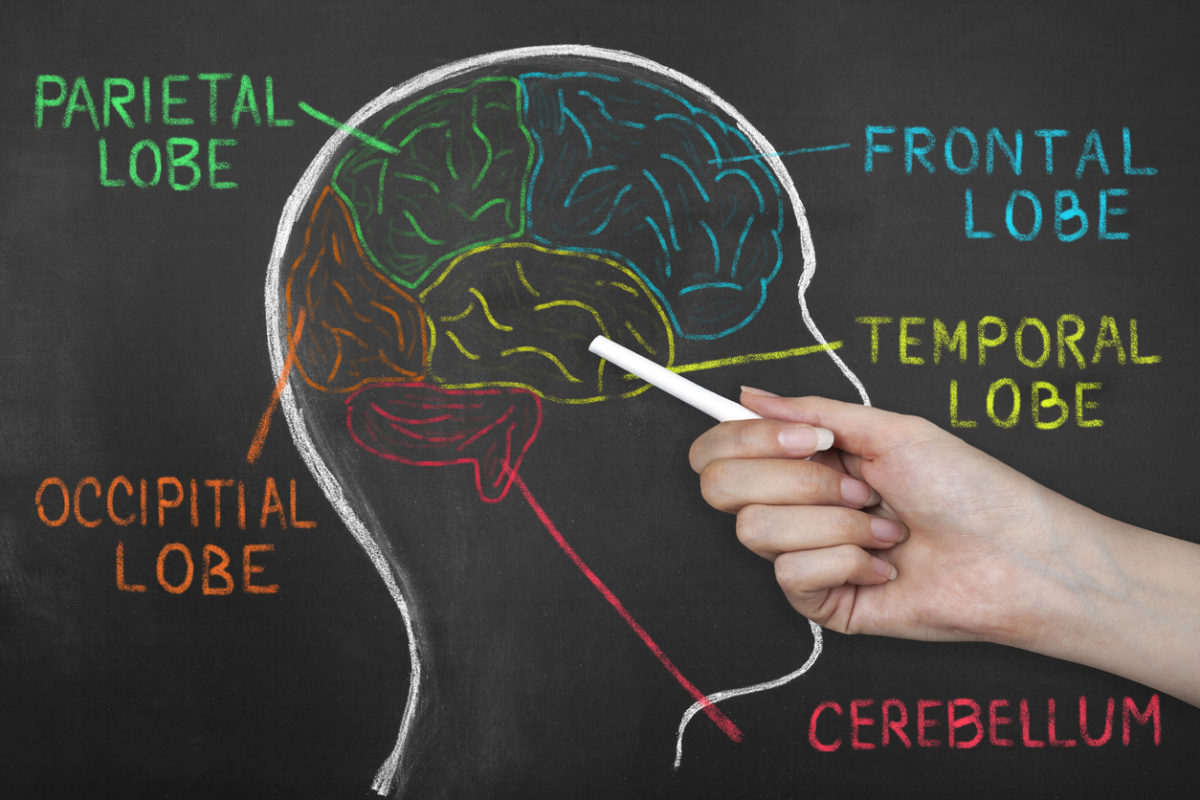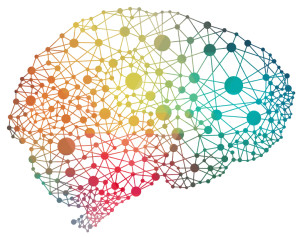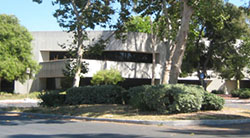
Why is it that gifted children can solve problems in a fraction of the time that their peers need, and yet might not finish a test while their peers have no problem finishing it?
Why are gifted children more affected by lights and sounds – visual and auditory distractions – than fellow students? Why do distractions negatively affect gifted children’s testing results?
Also, why is it that young students who are gifted can easily learn and memorize material without any effort – and yet at a later age cannot seem to come up with answers?
The possible answers lay in the construction and workings of the gifted brain. The brains of gifted children are simply wired differently than normal children. The field of neuroscience studies the brain and how it works.
Recent studies in the field have opened the doors to understanding how gifted children might be different from the general population, and how these differences might lead to successful careers in many different walks of life.
Brain differences may also explain the difficulties gifted children have with sensory, emotional and social issues and may tell us why gifted children behave differently.
Regions of the Brain Are Specialized
The brain has grey matter that is used for computational purposes. Gifted children seem to have a higher volume of grey matter in some regions of the brain that helps them compute information better than their peers.
Grey matter comprises the frontal cortex as well as certain structures that affect thinking:
- Frontal lobes handle complex analysis and decision-making.
- Temporal lobes interpret language and process auditory signals.
- Parietal lobes address taste, the sensation of touch, and temperature.
- Occipital lobes handle visual information.
Gifted students who have higher volumes of grey matter in these specialized regions of the brain may be better equipped to handle large volumes of information and make faster decisions.
There are actually 28 different regions of the brain that affect the way we think and act. These regions account for our ability to focus, analyze, decide, act, and react to outside sensory stimuli.
Sometimes we call a gifted person “brainy” or as someone with a “big brain.” We say they are intellectual and “left-brained” or creative and “right-brained.” Actually, both halves of the brain work together as part of complex highway of neural connections.
The Highway of Neurons
While grey matter holds the information, white matter moves it around over a set of neuron connections. Gifted children seem to have smoother connections, and their specific pathways or “highways” in the brain are able to handle a higher volume of traffic. They have a better neural efficiency.
The more they use certain highways, the smoother they become and the faster they can analyze similar information and make decisions. Some highways are better than others, and that explains why some gifted children can recognize and solve mathematical problems so easily while others are better with art or music. Each has a different set of neural highways that have been “smoothed” to handle more traffic in that particular region of the brain.
Brain Traffic Jams
Gifted children have more highways in general and more “smoothed’ highways in certain areas of the brain. While this helps them process information faster, it can also create problems. Having a lot of activity on those highways, a lot of information transfer, can lead to neural “traffic jams” where information signals compete with each other.
This can explain why a gifted child can get answers to questions quickly but cannot complete an entire set of questions in the allotted time. The child sees so many possibilities and is so aware of the big picture – including the environment, sounds, lights, other distractions – as well as random thoughts and interests – that constant focus on the task at hand can be difficult.
It’s not that the gifted child is not intelligent enough. It’s more that the child is too intelligent to give up all the alternative thoughts being processed by the brain to concentrate on just one area alone. It’s hard to manage the traffic.
It’s also a case of too many highways to process information. There are so many ways to go and so many ways to analyze the information, that the gifted brain may actually slow down a bit to better navigate the information. This could explain while a gifted child doesn’t finish a test although all the answers are probably known.
Brain Plasticity (or Neuroplasticity)
There have been many studies in neuroscience that say the brain has a great deal of plasticity. This means it is constantly changing. New highways are being created, old ones put to rest. There are new connections being made to facilitate learning.
A gifted child’s experiences help shape her brain. As she pays close attention to a new experience, there are physical changes happening to the structure and future functioning of her nervous system. So a gifted child can improve her mind as she continues to learn and grow. The highways get stronger (smoother). There is a phrase that describes this phenomenon: “neurons that fire together wire together.”
By choosing what a gifted child wants to learn, and by following her interests, she is actually sculpting her mind and future behavior. Plasticity is a great characteristic for a growing mind.
Executive Functions
When a gifted child receives information, the process is called input. A three-year old can read on his own. A five-year old can tell you something interesting about every president. At age seven, he can memorize all the chemical elements. He remembers everything he reads and learns.
At age 11, this gifted child has problems at school. He is falling behind. His work is always incomplete. His written work is a mess. He forgets to do some assignments. He is disorganized. He has a lot of trouble producing the right output.
Why the Changes?
Taking in information and developing skills to better understand that information forms the kind of input used in traditional learning. It’s the process of developing a strong mind.
Output requires a different set of skills including taking notes, organizing materials, studying, making written and oral presentations – different ways of managing and sharing information. These are executive skills.
Gifted children who learn too easily do not need executive skills, at least not for that easy learning. So there is no need to organize information or acquire study skills. Here is the problem. Being good at taking in information can actually impede the development of equally important output skills.
Later on in the formal education process, information becomes more complex. Assignments get more difficult. Executive functions are needed. The gifted child who had it easy with homework never learned how to organize his time and set priorities.
The gifted child who heard a speech or lecture and remembered it easily never had to take notes. When the lectures get more complex and notes are needed, she now has a problem.
The moral of this story is to make sure your child learns executive skills at an early age. Establish habits of note taking, writing down assignments, organize papers, write clearly, learn structured writing, practice oral presentations, and learn how to study textbooks
Help your gifted child develop her whole brain and how to use it well.




